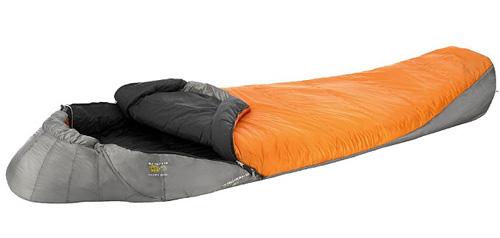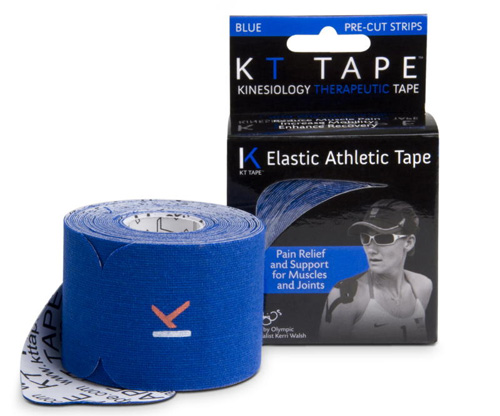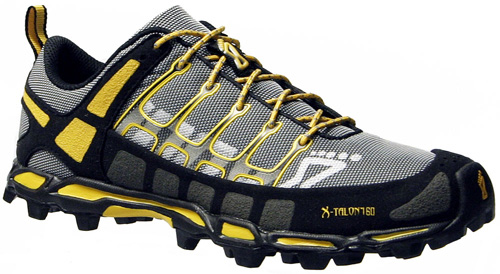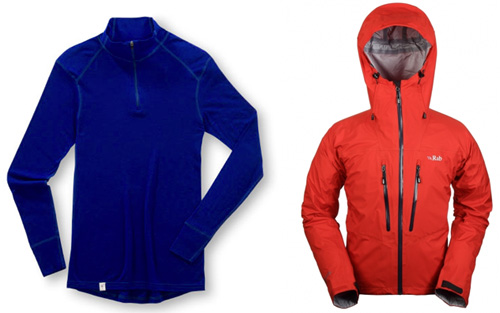This column is part of a series of gear reviews based on tests in the 2011 Wenger Patagonian Expedition Race, a weeklong competitive event in southern Chile. The race stretched 300+ miles and included trekking, kayaking, climbing, mountain biking, and wilderness navigation. Team GearJunkie.com took second place.
On most any trip in the outdoors, taking the right gear means increased comfort and joy — and choosing poorly leads only to being a bit more uncomfortable than necessary. But in some instances, gear can stand between success and failure, and occasionally that “failure” means even more than turning back from a summit early or not finishing a competitive event. In the most extreme scenarios, the wrong gear can result in pain, injury, expensive rescue, or even death. The Wenger Patagonian Expedition Race never quite reached that outer limit, but my team did ultimately depend on our gear for survival in one of the harshest and most remote environments in the world. It was a crazy race. Below is a compilation of some of the best and worst equipment we took along for the ride.
Mountain Hardwear UltraLamina 32 Sleeping Bag. Life saver! These synthetic sleeping bags, filled with Mountain Hardwear’s magical Thermic Micro insulation, are rated to 32 degrees F, and they have kept us warm in temps near that. They pack close to the size of a Nalgene water bottle and weigh less than 2 pounds.

During the Wenger Patagonian Race this year, my UltraLamina bag got soaked on a deep river crossing. (User error: The dry bag in my pack was slightly open!) That night I crawled into my soaked UltraLamina bag expecting to freeze. But I was soon very warm! Unlike down, the synthetic insulation works when wet. In the wet bag, which dried some from my body heat overnight, I was clammy but not cold.
GoLite Shangri-La 3 Tent. Tiny packed size. Weight = 1 pound, 13 ounces! Sets up with a single trekking pole. This floor-less tent offered amazing protection with its tepee-style fly to fit our team of four inside for the night. See full Gear Junkie review here: https://gearjunkie.com/golite-shangri-la-3-tent

Therm-a-Rest NeoAir camp pads. These 9-ounce, 3/4-length pads proved essential in more ways than we could have imagined. They look fragile, and I expected to pop one within the first few uses. But they stood up to rocks, thorns, and dense brush. With no tent floor (see above), the pads had to absorb whatever groundcover we decided to sleep on. We relied on them to keep us dry. But they became crucial when we were faced with swimming icy fjords, glacial lakes, and one swift river: We used the NeoAir pads like pool floats. We pushed the utter limits of these “rafts,” once even using them to swim several kilometers of whitewater. Certainly not recommended by the manufacturer, or us. But in the heat of the race, the NeoAir was our best available option. (Note: By the end of the race, two of our four pads were indeed popped and deflated, having succumbed to the Patagonian abuse after a week of unorthodox use.)













